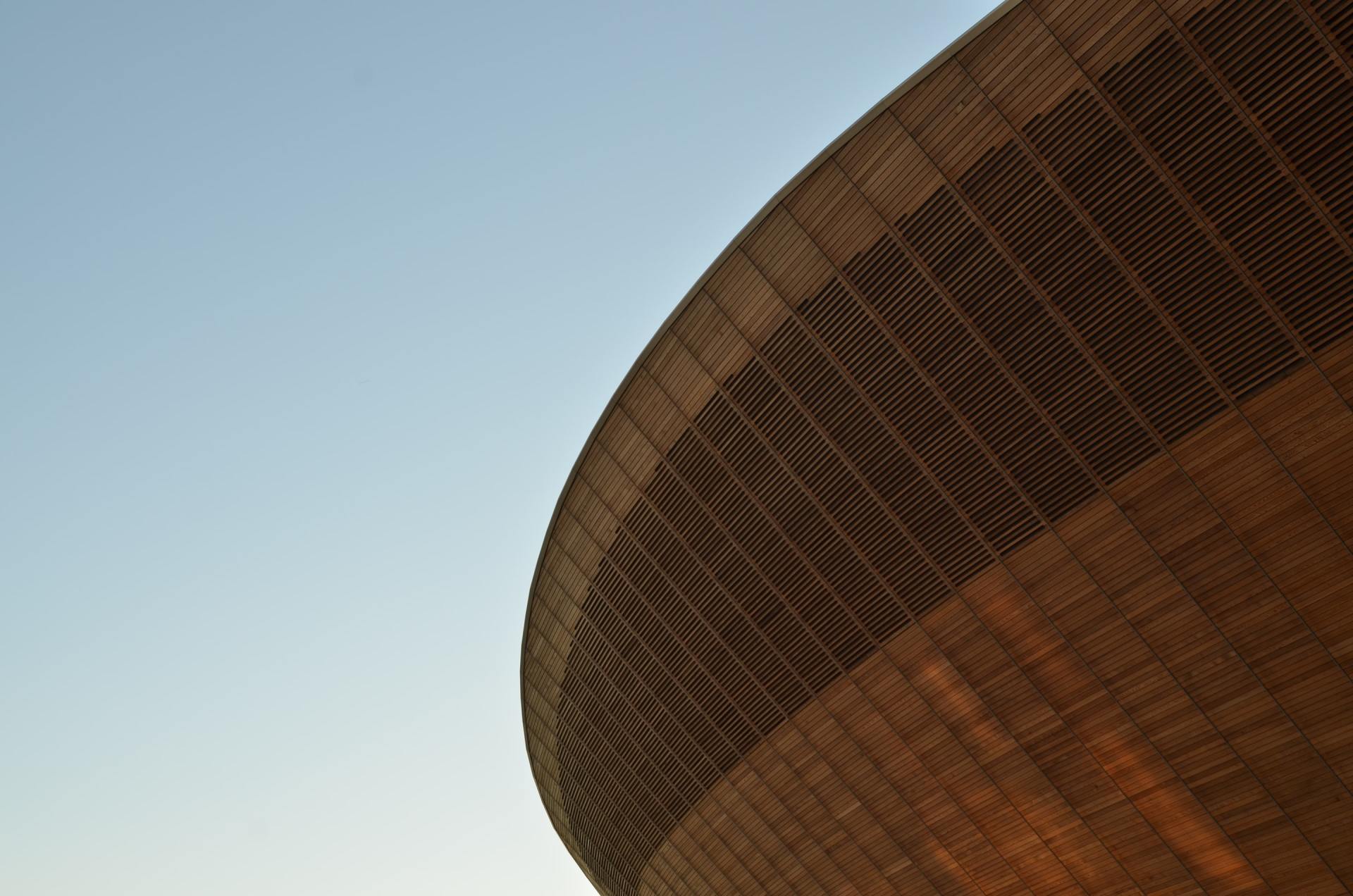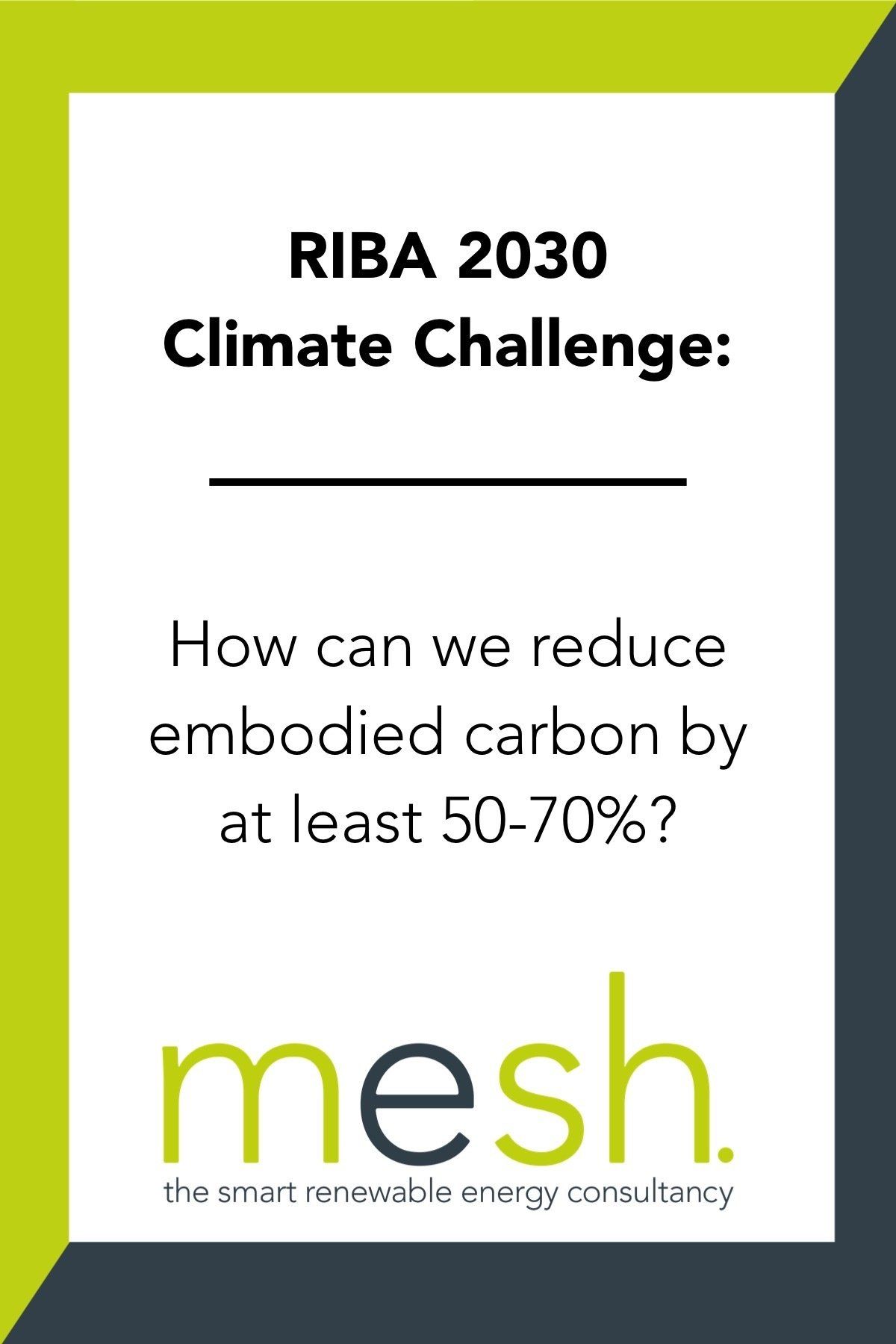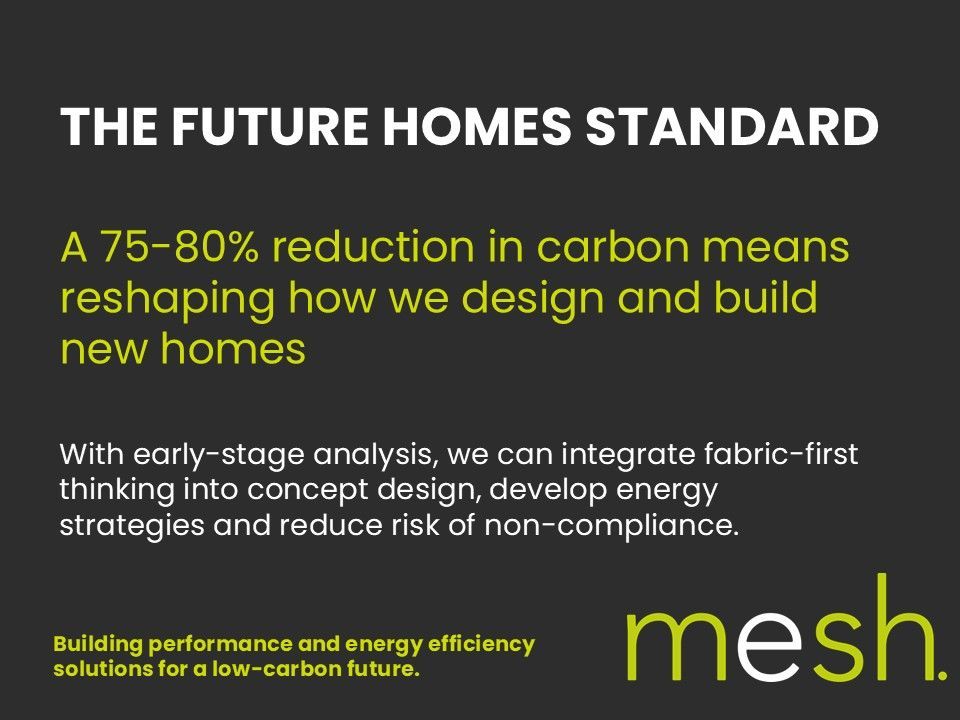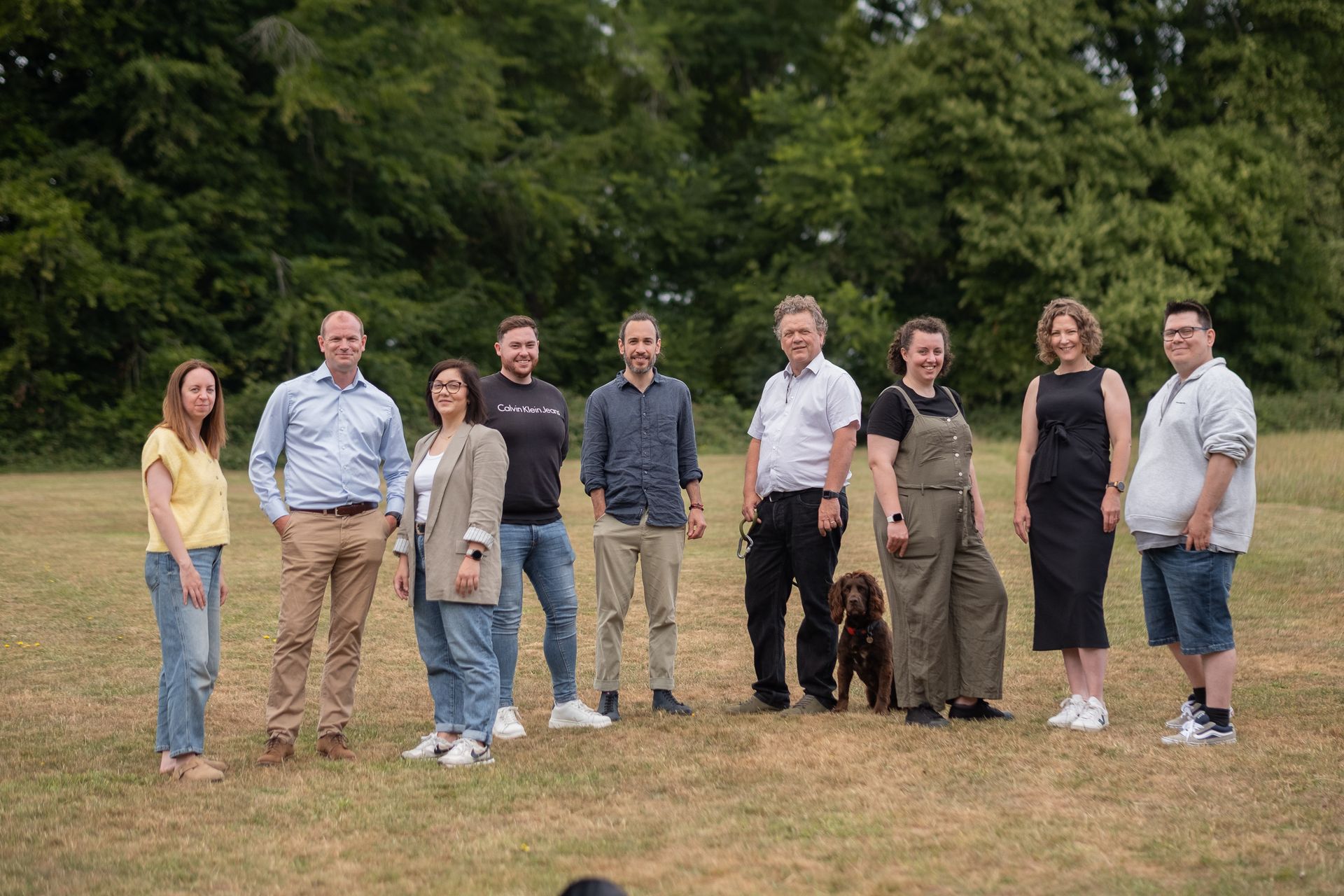RIBA 2030 Climate Challenge: How can we reduce embodied carbon by at least 50-70%?
After having written an initial blog on what the RIBA 2030 Climate Challenge is all about, we decided it was time to dig a little deeper and focus on the individual areas of the challenge.
This is the second of four blogs on the RIBA 2030 Climate Challenge focused on embodied carbon and how to best reach the significant reductions in carbon emissions through more intelligent building design and materials use.
Current building regulations targets are equivalent to 1,000kgCO2e/m2 of embodied carbon for domestic premises and 1,100kgCO2e/m2 for commercial premises. The 2030 targets are <300kgCO2e/m2 and <500kgCO2e/m2 respectively which, roughly speaking, is a 55-70% reduction in operational energy use by the end of the decade.
To best understand how to reduce carbon, you have to first appreciate how carbon accounts for the whole life cycle of a material or set of materials to start to tackle the levels of a building's embodied carbon in a meaningful way.
Work done by London Energy Transformation Initiative (LETI), using the Royal Institute of Chartered Surveyors (RICS) Whole Life Carbon Assessment framework gives a window into where carbon lies for a particular building with consideration of all embodied carbon and carbon emissions over the building's lifetime. The table below highlights the distribution for a residential building.
As you break down the individual materials that contribute to the whole building, you will find that they follow a similar pattern; large amounts of carbon in the manufacture, processing and transport of the material to the building site.
It is truly staggering to think that by the time the building is first occupied that over 50-55% of the total lifetime carbon impact is already in the building!
Fundamentally, there are four key things to consider to meaningfully reduce embodied carbon in a building:
- Repurpose or reuse existing buildings
- Reuse, re-manufacture and recycle building materials
- Build with low carbon, natural (less processed) materials
- Offset emissions (renewable technology or woodland planting)
1. Repurpose or reuse existing buildings
Maybe the most obvious (to some) would be to use the existing building stock that we already have to re-purpose, rather than razing to the ground and starting from scratch. A lot of discussion has been had recently about how ‘eco’ buildings really are if they use a huge amount of carbon in their construction, despite how highly insulated and traditionally energy efficient they might be. As per the diagram above, if large proportions of the building structure can be retained almost 50% of the embodied carbon can be saved compared to a new building.
2. Reuse, Re-manufacture and recycle building materials
The next best option if the form of the building really has to change is to use the existing materials on site and reuse or recycle. A classic example of this is the demolition of concrete structures, on-site crushing and using the demolition material for hardcore for new foundations or floors. With a bit of thought and planning this reusing of materials can not only dramatically reduce embodied carbon but save costs of disposal and transport to site.
3. Build with low carbon, natural (less processed) materials
If the previous two ways to reduce carbon have been exhausted the next best option is to source materials that are lower carbon and more natural. Less processed artificial materials by their very nature have had less energy used in their production and so have less of a carbon impact. Using cellulose or sheeps wool instead of glass fibre and PIR is a classic example, but also using some natural wood products in moderation can help dramatically reduce carbon compared to more traditional masonry and concrete construction methods. As a first step, understand the relative embodied carbon impact of materials familiar to you.
4. Offset emissions (renewable technology or woodland planting)
Finally and as a last resort, particularly for commercial developments you can resort to offsetting embodied carbon emissions by investing in off-site renewable technology; such as offshore wind and woodland planting. There are a growing number of legitimate and recognised companies that support Gold Standard and global projects which can be invested in and offset a project’s embodied carbon.
So that’s the theory, but luckily to put some of this into practice there is a growing range of free tools. These can help you at the beginning stages of your design project to get you headed in the right direction and give you instant feedback:
- Mesh Embodied Carbon Calculator (Excel)
- FCBS Carbon Tool (Excel)
- Hawkins Brown HBert (REVIT application)
- Building Transparency (Online tool)
So, there you go. By taking a logical and smart approach to tackling material selection strategy you will find that meeting the RIBA 2030 targets for embodied carbon can be surprisingly straight forward. It does require early-stage planning and careful balancing with budget and some other key project goals can be achieved, but is within all of our grasps.
If you have any questions about the RIBA 2030 Climate Challenge, please don't hesitate to
contact the Mesh team today.
SHARE THIS POST WITH YOUR NETWORK



